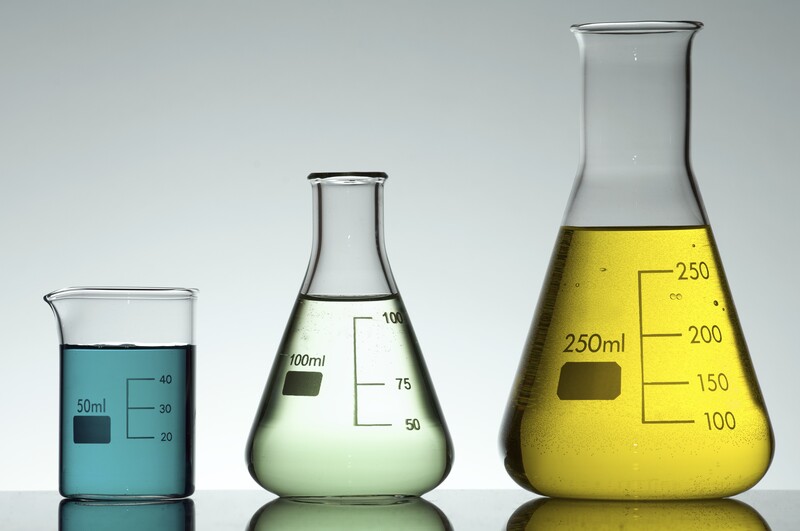Silicone Defoamer 30% is an industrial solution employed to effectively control or eliminate foam in various industrial processes. Foam generation poses a common challenge encountered in diverse sectors including manufacturing, chemical processing, and water treatment, among others. When certain substances interact with air or gases, they tend to entrap air bubbles, resulting in foam formation. Foam can hinder operational efficiency, compromise product quality, and even lead to equipment malfunctions. Silicone defoamers represent a specialized class of chemical additives designed to reduce or eliminate foam by disrupting surface tension within liquid systems. Typically, they are applied in small quantities and demonstrate exceptional effectiveness, especially in situations where conventional foam control methods like mechanical agitation are impractical or insufficient.
Several industries integrate 30% Silicone Defoamer into their processes. Here are a few examples:
Brewing and Beverage Production: In breweries and beverage production facilities, silicone defoamers find application in controlling foam levels during processes such as fermentation, filtration, and bottling.
Food and Beverage Processing: In the realm of food and beverage processing, silicone defoamers are employed to prevent the occurrence of excessive foam during mixing, cooking, and packaging processes. Their primary objective is to maintain a consistent product quality and prevent overflow in containers.
Mining and Mineral Processing: Industries involved in mineral extraction and processing utilize silicone defoamers to control foam in different processes, including flotation, where an excessive amount of foam could negatively impact the rates of mineral recovery.
Pulp and Paper Production: In the paper manufacturing industry, silicone defoamers are integrated into pulping, papermaking, and coating processes to prevent foam-related challenges that might otherwise affect the quality of paper products and the smooth operation of equipment.
Textile Dyeing: Foam formation can occur during the dyeing process for textiles, typically due to agitation in the dye bath. The utilization of silicone defoamers is a common practice to control foam levels and ensure consistent dyeing, preserving the visual quality of the final product.
Paints and Coatings: Within the domain of paints and coatings, silicone defoamers are incorporated into formulations to inhibit the formation of foam during the stages of mixing, application, and drying. This approach safeguards the achievement of a flawless finish and prevents surface blemishes.
Adhesives and Sealants: Within the field of adhesives and sealants, the incorporation of silicone defoamers into formulations can prevent the occurrence of foam during the mixing and application stages, ensuring the effectiveness of bonding and sealing procedures.
Chemical Manufacturing: In the realm of chemical production processes, the inadvertent generation of foam can be a concern. The common approach is to introduce silicone defoamers to reduce foam, maintain the efficiency of chemical reactions, and prevent equipment damage caused by excessive foam accumulation.
Water Treatment: Municipal and industrial water treatment facilities employ silicone defoamers for the purpose of controlling foam in settling tanks, aeration basins, and different phases of wastewater treatment processes. This ensures effective treatment and minimizes issues related to foam formation.
Oil and Gas: In the contexts of drilling, well completion procedures, and refinery operations, silicone defoamers are utilized to manage foam in drilling fluids, wastewater treatment, and separation processes.
Level 7 Chemical consistently stands out as a top supplier of 30% Silicone Defoamer, offering a tried-and-true solution that effectively tackles foam-related issues across diverse industries.
